In the world of audio recording, where precision and clarity are paramount, the choice of microphone can make all the difference.
Like tools in the hands of a skilled craftsman, microphones are the instruments through which the art of capturing sound is realized.
Among the myriad options available, two popular contenders stand out: the cardioid microphone and the condenser microphone.
These microphones, each with its unique characteristics and capabilities, offer aspiring audio enthusiasts and professionals alike the opportunity to fine-tune their craft and achieve mastery in the realm of sound capture.
Imagine a cardioid microphone as a sonic painter’s brush, capturing sound with a focused precision that leaves no stray strokes.
The cardioid pickup pattern, named after its heart-shaped design, is highly directional, prioritizing sound from the front while minimizing unwanted noise from the sides and rear.
This unique characteristic makes the cardioid microphone ideal for capturing a single source of sound, be it a vocalist, a musical instrument, or a podcast host.
With its ability to isolate and emphasize the desired sound source, the cardioid microphone empowers the audio engineer to wield control over the sonic landscape, ensuring a clean and clear recording that resonates with the listener’s subconscious desire for mastery.
Understanding the Cardioid Microphone’s Pickup Pattern
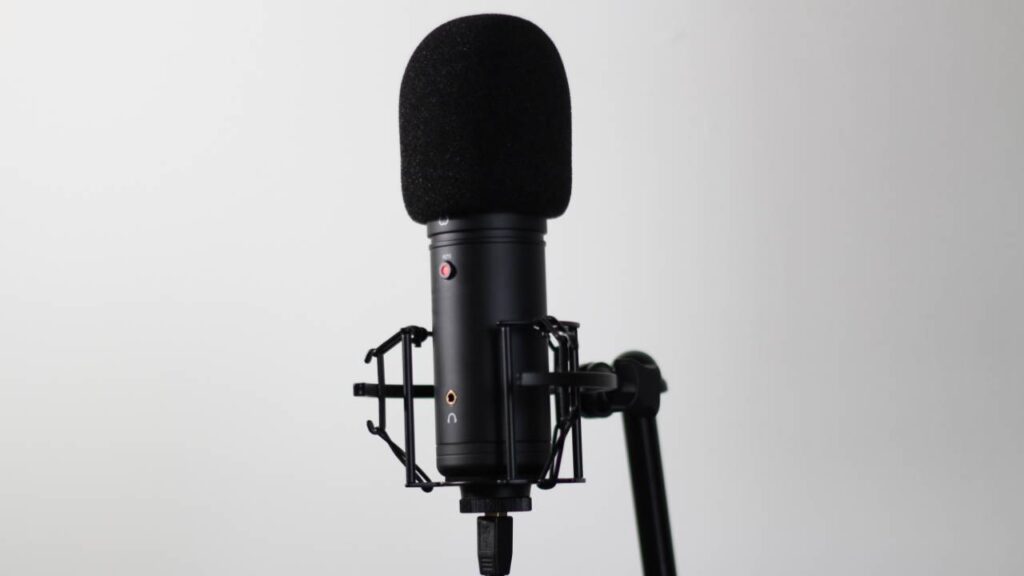
The cardioid microphone’s pickup pattern is characterized by a heart-shaped sensitivity, allowing it to capture sound from the front while minimizing noise from the sides and rear, thus creating a focused and immersive audio experience for the audience.
Understanding the cardioid microphone’s frequency response is important in considering its suitability for different recording situations.
The cardioid microphone is known for its ability to accurately capture sound in the range of human speech, typically between 80Hz and 15kHz.
This frequency response makes it ideal for capturing vocals and other instruments in a studio or live performance setting.
Comparing the cardioid microphone to other pickup patterns, such as omnidirectional or figure-eight, reveals its unique advantages.
Unlike the omnidirectional microphone, which captures sound equally from all directions, the cardioid microphone focuses on sound sources in front of it while reducing unwanted noise from the sides and rear.
This makes it particularly useful in situations where there are multiple sound sources or background noise that needs to be minimized.
In contrast, the figure-eight microphone captures sound from both the front and back while rejecting sound from the sides.
This pickup pattern is often used in recording situations where a stereo image needs to be created, such as capturing a duet or recording an instrument in a room with natural reverb.
Understanding the cardioid microphone’s pickup pattern and its frequency response allows for informed decision-making when choosing the right microphone for specific recording needs.
By considering the advantages and characteristics of different pickup patterns, one can ensure the best audio quality and capture the desired sound source while minimizing unwanted noise.
Exploring the Advantages of a Cardioid Microphone
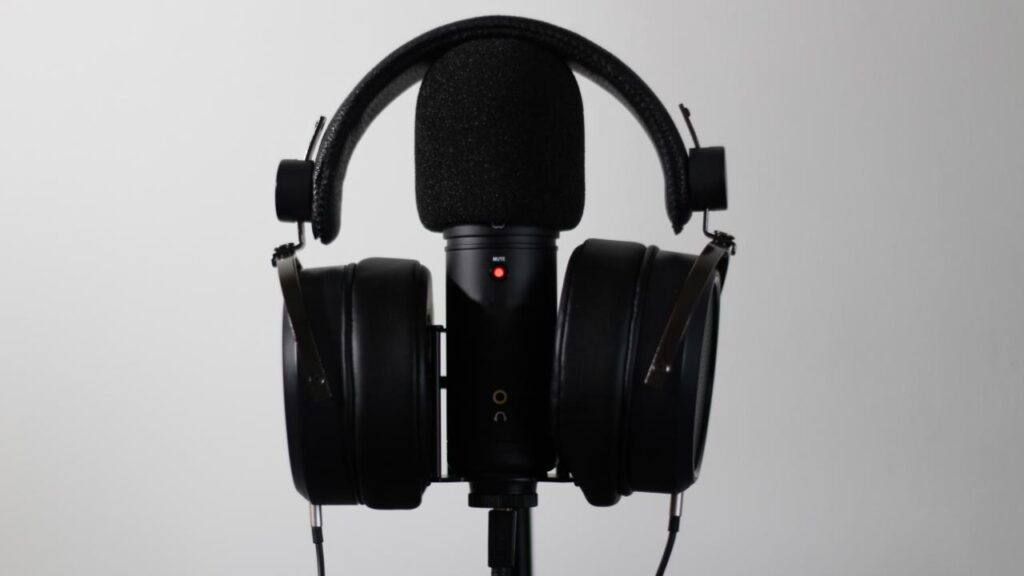
One notable advantage of a cardioid microphone is its ability to capture sound primarily from the front, creating a focused and direct audio recording.
This makes it an excellent choice for live performances where the main source of sound is the performer’s voice or instrument.
The cardioid pickup pattern allows the microphone to reject sound from the sides and rear, reducing the chances of picking up unwanted background noise or feedback.
This ensures a clear and professional sound for the audience, enhancing the overall experience of the performance.
When comparing the cardioid microphone to other microphone types for recording vocals, it offers several benefits. Firstly, its directional pickup pattern allows for better isolation of the intended sound source, minimizing the capture of ambient noise and room reflections.
This makes it ideal for studio recordings, where the focus is on capturing the purest and most accurate representation of the vocalist’s voice.
Additionally, cardioid microphones often have a natural proximity effect, which means they enhance the low-frequency response when placed close to the sound source. This can add warmth and depth to the vocals, creating a more intimate and engaging sound.
Overall, the cardioid microphone is a versatile and reliable choice for capturing vocals in a variety of settings, offering superior performance and delivering high-quality recordings.
Introducing the Condenser Microphone
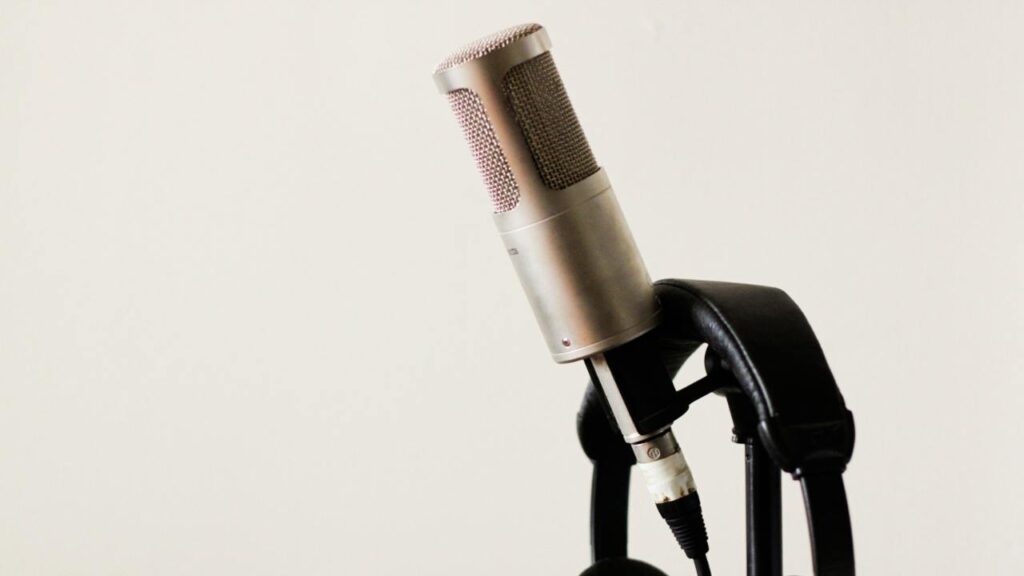
In contrast to its counterpart, the cardioid microphone, the condenser microphone offers a wider frequency response and higher sensitivity, making it a popular choice for capturing detailed and nuanced sound in professional audio recording applications.
The condenser microphone utilizes a thin diaphragm that vibrates in response to sound waves, generating an electrical signal that accurately captures the audio.
This design allows condenser microphones to capture a broader range of frequencies, from the low end of the spectrum to the high end, resulting in a more accurate and natural representation of the sound source.
One of the key advantages of condenser microphones is their ability to capture subtle nuances and transient details in sound.
Their high sensitivity allows them to pick up even the faintest of sounds, making them ideal for capturing vocals, acoustic instruments, and other delicate sound sources.
This level of detail is crucial in professional audio recording applications, where capturing the full range of frequencies and nuances is essential for producing high-quality recordings.
When comparing condenser microphones to dynamic microphones, another popular type of microphone, condensers generally offer a higher level of sensitivity and wider frequency response.
Dynamic microphones, on the other hand, are more robust and can handle higher sound pressure levels, making them suitable for live performances and recording loud sound sources.
However, condenser microphones excel in capturing the finer details and nuances of sound, making them the preferred choice for studio recordings and other applications where capturing the full range of frequencies is crucial.
Overall, the advantages of condenser microphones lie in their wider frequency response and higher sensitivity, which allow for the capturing of detailed and nuanced sound.
These characteristics make condenser microphones a popular choice among professionals in audio recording applications where accuracy and fidelity are of paramount importance.
Choosing the Right Microphone for Your Needs
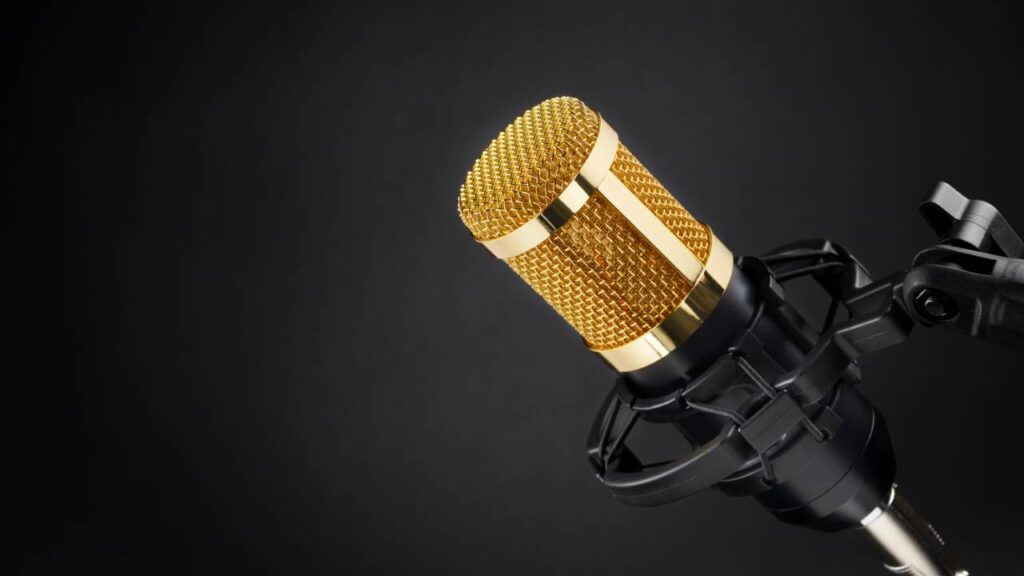
When selecting a microphone, it is important to consider your specific requirements and the intended application in order to make an informed decision.
Factors to consider when choosing a microphone for live performances include the polar pattern, durability, feedback rejection, and ease of use.
The polar pattern determines the microphone’s sensitivity to sound from different directions, and for live performances, a cardioid microphone is often preferred as it picks up sound primarily from the front and rejects sound from the sides and rear, minimizing feedback issues.
Additionally, durability is crucial for live performances, as the microphone may be subjected to rough handling and transport. Therefore, selecting a microphone with a sturdy build and reliable construction is essential.
Furthermore, feedback rejection is essential in live performances, as it helps to prevent unwanted noise caused by sound from the speakers being picked up by the microphone.
Finally, ease of use is important for performers who need to focus on their performance rather than struggling with complicated microphone setups.
When comparing the sound quality of cardioid and condenser microphones for recording vocals, it is important to consider the intended use and personal preferences.
While cardioid microphones are often preferred for live performances due to their feedback rejection and directional sensitivity, condenser microphones are commonly used in studio settings for their superior sound quality and sensitivity.
Condenser microphones are known for capturing a wider frequency range and providing a more detailed and accurate sound reproduction, making them suitable for capturing vocals with nuances and subtleties.
However, it is worth noting that condenser microphones can be more sensitive to background noise and require external power sources, such as phantom power.
Ultimately, the choice between cardioid and condenser microphones for recording vocals depends on the desired sound quality, budget, and the specific requirements of the recording environment.
Conclusion
In conclusion, when choosing a microphone, it is important to consider your specific needs and requirements.
The cardioid microphone offers a focused pickup pattern that is ideal for recording vocals or instruments in a controlled environment.
Its ability to reject background noise and provide clear, crisp sound makes it a popular choice for professional recording studios.
On the other hand, the condenser microphone is known for its sensitivity and accuracy, making it suitable for capturing a wide range of frequencies and nuances in sound.
It is often used in live performances or outdoor recordings where a more versatile microphone is required.
To illustrate the importance of choosing the right microphone, let’s consider a hypothetical case study.
Imagine a podcast host who conducts interviews with guests in various locations. The host needs a microphone that can capture clear audio while also minimizing background noise.
In this scenario, the cardioid microphone would be the most suitable choice, as it would allow the host to focus on capturing the guest’s voice while reducing any unwanted noise from the surroundings.
In conclusion, understanding the differences between a cardioid microphone and a condenser microphone is crucial in selecting the right microphone for your specific needs.
Whether you are a musician, podcaster, or sound engineer, taking the time to research and evaluate your options will ensure that you invest in a microphone that will enhance your recordings and provide the best possible sound quality.
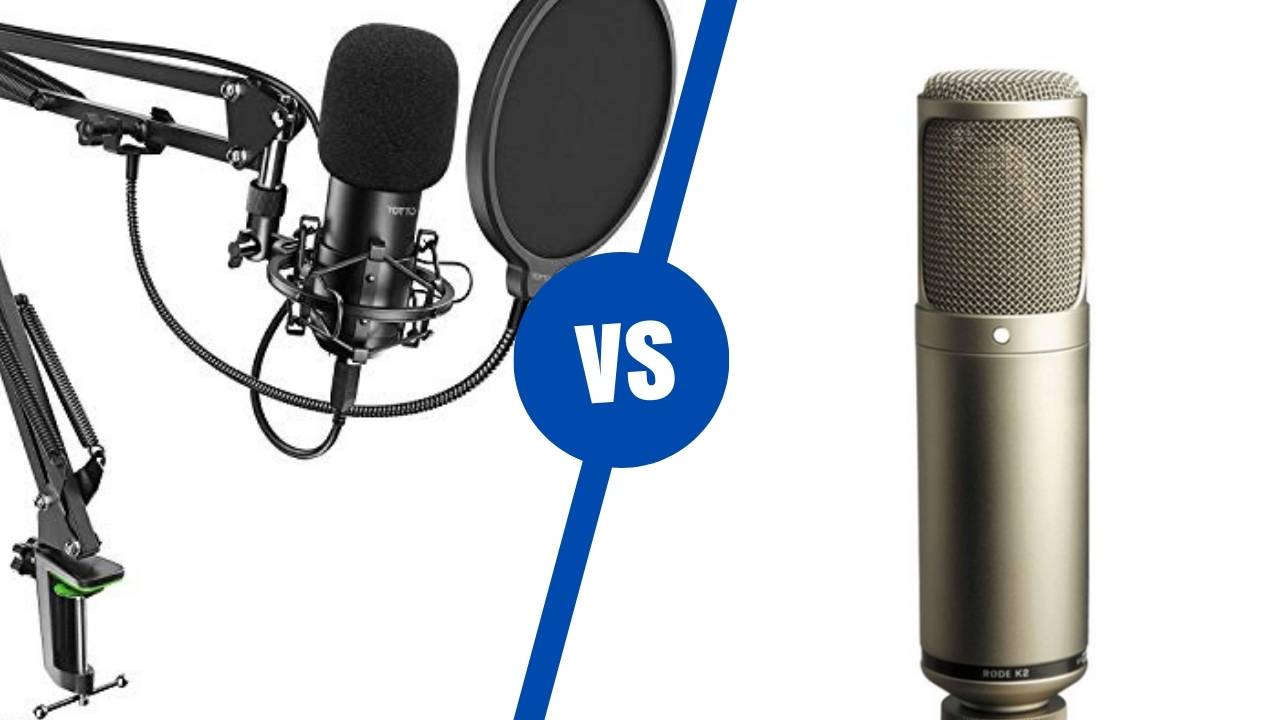

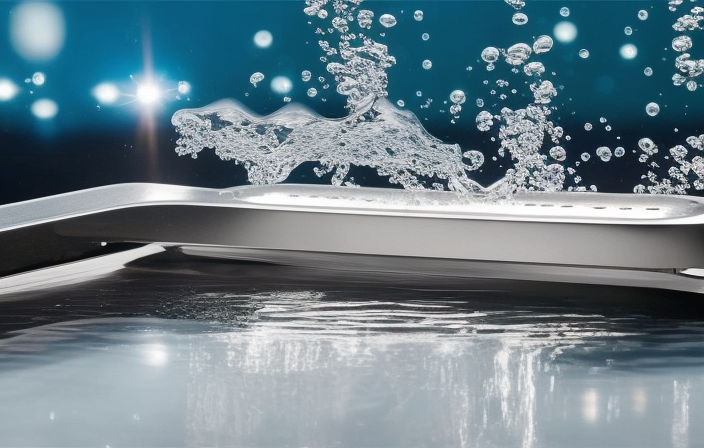

Leave a Reply